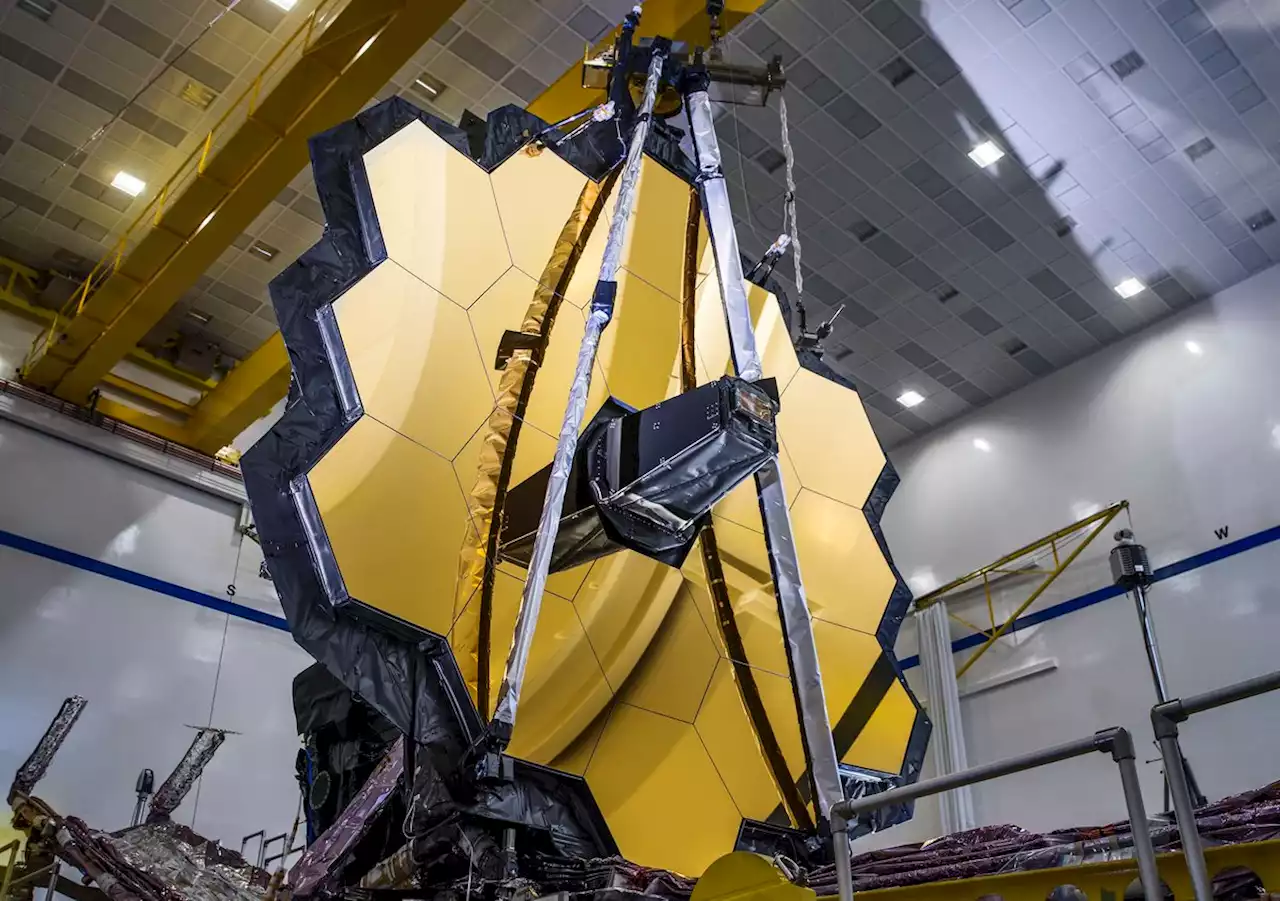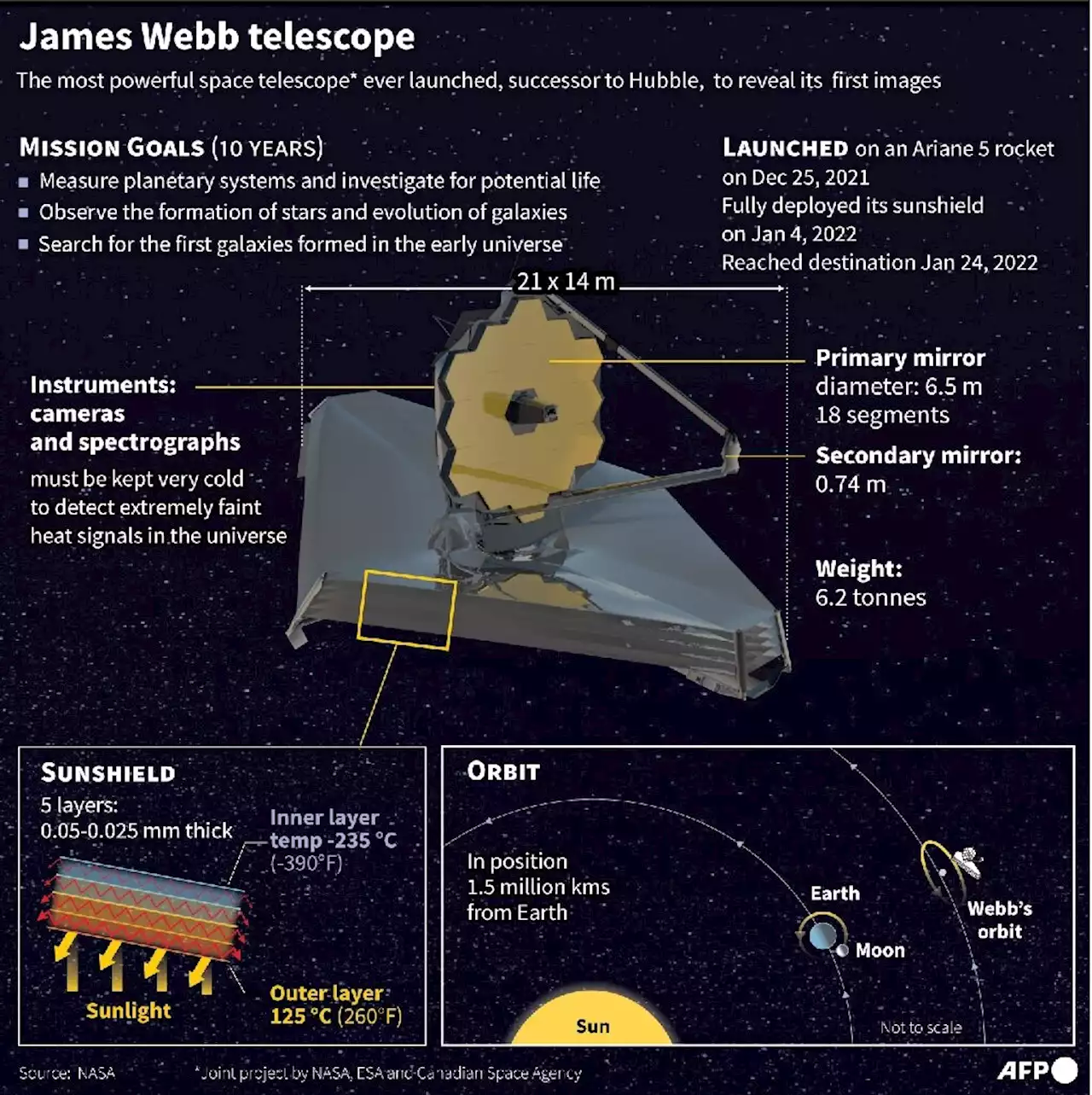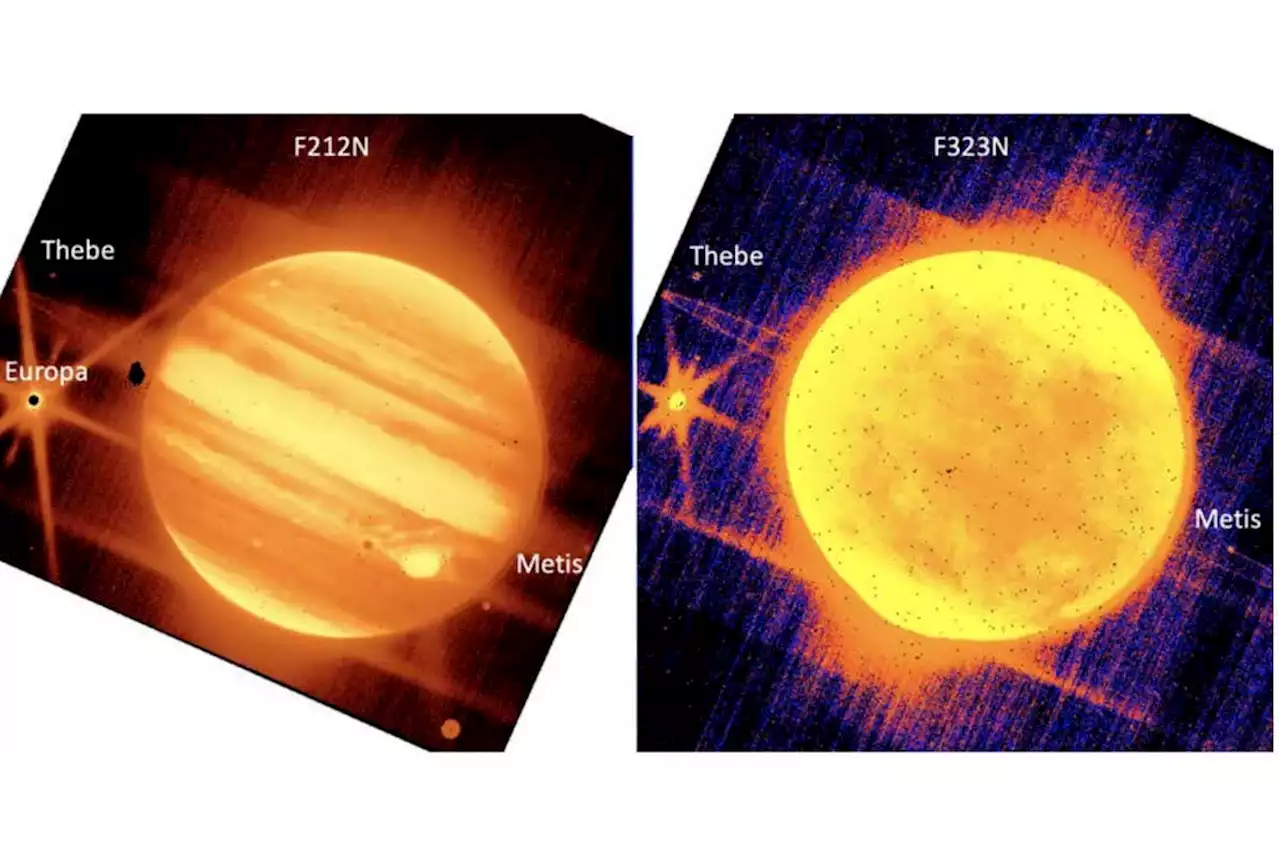These images of Jupiter, taken by the James Webb Space Telescope, were hidden inside a document about testing. They helped show that JWST is even better than expected at tracking fast-moving objects
were taken using the telescope’s near infrared camera, NIRCam, using two different filters to focus on separate wavelengths of light. They were released as part of the JWST commissioning report, which details all of the tests the science instruments were put through before they could begin taking data in earnest.
Taking pictures of Jupiter was part of a test to make sure that the observatory could track objects moving at high speeds through the solar system. Jupiter was the slowest – but largest and most spectacular – of nine moving targets used for these tests, and it showed that objects can be tracked even with a bright planet bouncing light into the cameras.
Österreich Neuesten Nachrichten, Österreich Schlagzeilen
Similar News:Sie können auch ähnliche Nachrichten wie diese lesen, die wir aus anderen Nachrichtenquellen gesammelt haben.
 Astronomers eagerly await first images from the James Webb Space TelescopeNASA's James Webb Space Telescope is finally ready to open a new window on the universe, capturing the faint light of the first stars and galaxies.
Astronomers eagerly await first images from the James Webb Space TelescopeNASA's James Webb Space Telescope is finally ready to open a new window on the universe, capturing the faint light of the first stars and galaxies.
Weiterlesen »
 Biden to unveil first photo from James Webb Space TelescopeThe image, known as “Webb’s First Deep Field,” will be the deepest and highest-resolution view of the universe ever captured. Biden is scheduled to release it on Monday.
Biden to unveil first photo from James Webb Space TelescopeThe image, known as “Webb’s First Deep Field,” will be the deepest and highest-resolution view of the universe ever captured. Biden is scheduled to release it on Monday.
Weiterlesen »
 President Biden will reveal the first James Webb Space Telescope image at 5PM today | EngadgetNASA has decided to reveal the first James Webb Space Telescope (JWST) image today rather than waiting until tomorrow as planned..
President Biden will reveal the first James Webb Space Telescope image at 5PM today | EngadgetNASA has decided to reveal the first James Webb Space Telescope (JWST) image today rather than waiting until tomorrow as planned..
Weiterlesen »
 James Webb Space Telescope opens its eyes on the UniverseJamesWebbSpaceTelescope opens its eyes on the Universe
James Webb Space Telescope opens its eyes on the UniverseJamesWebbSpaceTelescope opens its eyes on the Universe
Weiterlesen »
 Scientists hope James Webb Space Telescope will help solve 'dust budget crisis'We still can't figure out why there's so much more dust in the universe than what models predict.
Scientists hope James Webb Space Telescope will help solve 'dust budget crisis'We still can't figure out why there's so much more dust in the universe than what models predict.
Weiterlesen »
